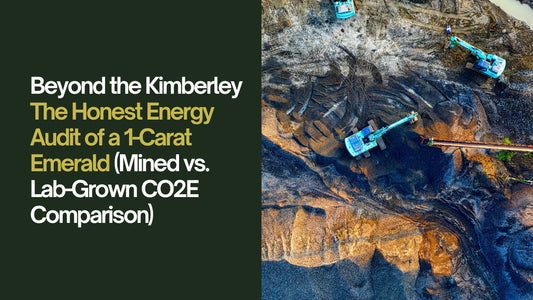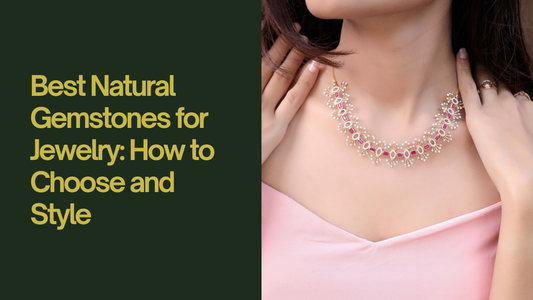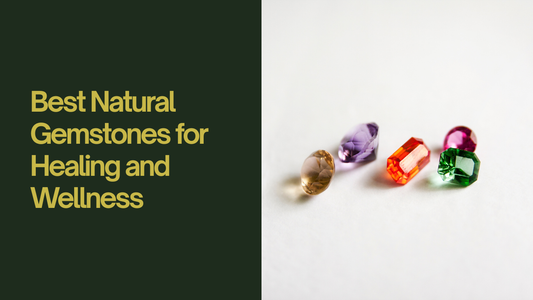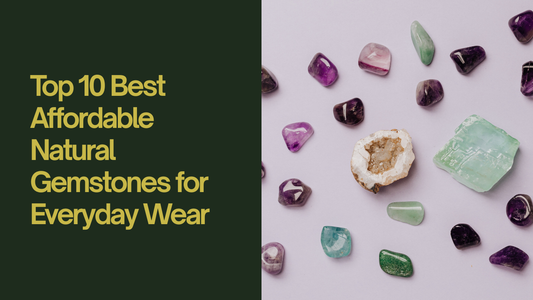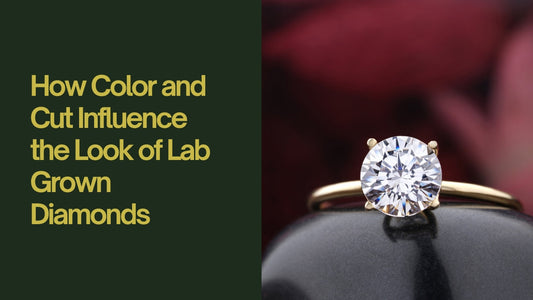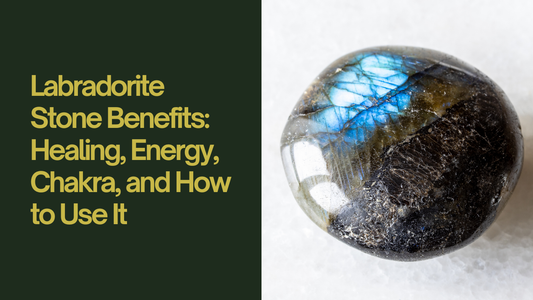
How Rubies are Mined: From Rough Stones to Brilliant Gems
Rubies are one of the most beautiful and valuable gemstones in the world. They sparkle and shine when set in jewelry, but have you ever wondered where rubies come from? How do they go from rough stones hidden in the earth to the brilliant gems we admire? In this blog, we’ll take a journey to learn how rubies are mined, the steps that bring them to life, and what makes each ruby so special.
Let’s begin by exploring the fascinating process of how rubies are mined and transformed into stunning gems.
What Are Rubies?
Rubies are a type of mineral called corundum. The red color of rubies comes from a mineral called chromium. While rubies are red, other colors of corundum are called sapphires. Rubies can be found in different parts of the world, and mining them requires special techniques.
Now, let’s learn how rubies are mined.
Where Are Rubies Found?
Rubies are found deep within the earth, usually in countries known for their gemstone deposits. Some of the most famous ruby mining locations are:
- Myanmar (Burma): Myanmar has some of the best rubies in the world, especially the famous pigeon blood red rubies.
- Thailand: Thailand is known for producing darker rubies.
- Sri Lanka: Sri Lanka, also called Ceylon, produces rubies that are usually lighter in color.
- Madagascar: A newer source of rubies, Madagascar has become famous for producing high-quality stones.
- Mozambique: This country in Africa is becoming one of the top ruby producers in the world.
How Are Rubies Mined?
There are different ways to mine rubies depending on the location and the type of deposit where the rubies are found. Let’s look at some of the most common ruby mining methods.
1. Open-Pit Mining
In open-pit mining, large holes are dug into the ground to reach the ruby deposits. This type of mining is used when rubies are found close to the surface of the earth. Large machines are used to remove the earth, and workers search through the dirt and rocks to find rough rubies.
Open-pit mining is common in places like Myanmar and Madagascar. After the rubies are found, they are carefully collected and taken to be cleaned and sorted.
2. Underground Mining
In underground mining, tunnels are dug deep into the earth to reach the rubies. This type of mining is used when rubies are buried deeper below the surface. Workers go down into the tunnels to extract the ruby-bearing rocks.
Underground mining can be very dangerous because the tunnels can collapse, so miners have to be very careful. This method is often used in countries like Myanmar, where some of the finest rubies are found.
3. Riverbed Mining (Alluvial Mining)
Riverbed mining is a technique used when rubies are found in rivers and streams. The water carries rubies downstream from their original location, so miners sift through the gravel and dirt in the riverbeds to find the stones.
This method is less invasive than other forms of mining because it doesn’t involve digging deep into the earth. Riverbed mining is used in countries like Sri Lanka, where rubies and sapphires are often found together in the rivers.
What Happens After Rubies Are Mined?
Once the rubies are mined, they don’t look like the sparkling gems you see in jewelry. They are called rough rubies, and they need to go through several steps before they are ready to be sold and set into jewelry.
Here’s what happens after rubies are mined:
1. Sorting the Rough Rubies
After the rubies are taken out of the ground, they are cleaned and sorted. Workers separate the rubies based on their size, color, and quality. The best rubies will go on to be cut and polished, while lower-quality rubies might be used for other purposes, like making industrial tools.
2. Cutting the Rubies
The next step is cutting the rubies. A skilled gem cutter will study the rough ruby carefully to decide the best way to cut it. The goal is to make the ruby as beautiful as possible while keeping as much of the stone as possible.
Rubies are usually cut into shapes like round, oval, or cushion cuts. Cutting a ruby requires great skill because the ruby needs to sparkle and reflect light. A well-cut ruby will show off its beautiful color and brilliance.
3. Polishing the Rubies
After the ruby is cut, it needs to be polished to make it shine. The surface of the ruby is smoothed out, and any rough edges are removed. Polishing brings out the ruby’s true beauty and makes it ready to be set into jewelry.
4. Grading the Rubies
Once the rubies are cut and polished, they are graded based on their color, clarity, cut, and carat weight. The best rubies have a deep red color, very few inclusions, a brilliant cut, and a good carat size. These rubies are highly valuable and can be very expensive.
Rubies with more inclusions or a lighter color are still beautiful but are less valuable. They might be sold for a lower price.
5. Setting the Rubies into Jewelry
Finally, after the rubies are cut, polished, and graded, they are ready to be set into jewelry. Rubies are used in many different types of jewelry, from rings and necklaces to bracelets and earrings. Because of their beautiful red color, rubies are often chosen for special pieces like engagement rings or royal jewelry.
Are All Rubies Natural?
Not all rubies come from the earth. Some rubies are made in laboratories, and these are called synthetic rubies. Synthetic rubies look very similar to natural rubies, but they are created using special machines that mimic the conditions under which natural rubies form.
While synthetic rubies are still real rubies, they are usually less expensive than natural rubies. Some people prefer to buy synthetic rubies because they are more affordable, but natural rubies are often considered more valuable because they are rare.
Conclusion: The Journey from Rough Stone to Brilliant Gem
Rubies go through an incredible journey before they become the stunning gems we see in jewelry. From being mined deep in the earth to being carefully cut, polished, and set, the process requires skill and patience.
Rubies are treasured for their rich red color, their rarity, and their beauty. Whether mined from the rivers of Sri Lanka or deep in the tunnels of Myanmar, each ruby has a unique story to tell.
By understanding how rubies are mined and transformed, you can appreciate the hard work and craftsmanship that goes into making these beautiful stones shine. Whether natural or synthetic, rubies are truly one of the earth’s most precious treasures!
